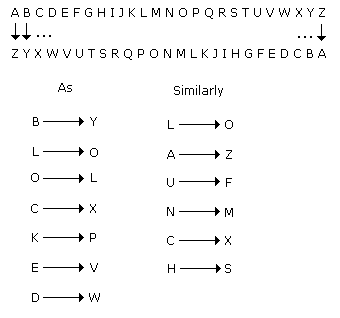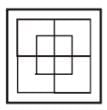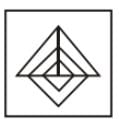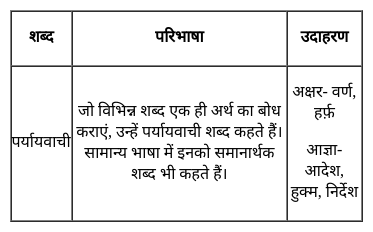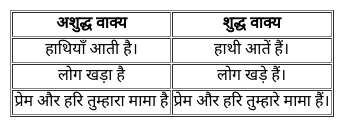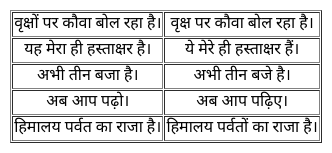NVS TGT Science Mock Test - 7 - NVS TGT/PGT MCQ
30 Questions MCQ Test - NVS TGT Science Mock Test - 7
Recently, who won the National Women’s Carrom title for the twelfth time?
Directions to Solve
In each of the following questions find out the alternative which will replace the question mark.
Question -
BLOCKED : YOLXPVW :: ? : OZFMXS
Which answer figure will complete the question figure?

Which of the answer figures can be formed using the question figure:
Question Figure
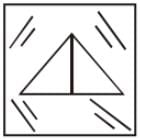
Answer figure
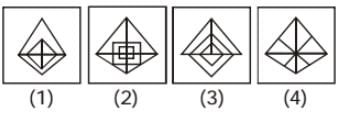
The positions of how many digits in the number 837912 will remain unchanged after the digits within the number are rearranged in descending order (from left to right)?
The smallest object in size that can be displayed on a monitor is called ______.
All of the following are the characteristics of an effective teacher except
Mrs Laghate efficiently evaluates her students, both individually and in groups, at the same time. The assessment tool she uses is
Naresh loves to work without supervision and set goals that are challenging, but not impossible. He learns best in solitude.
Which of the following sentences is true about Naresh?
The path of a ray of light coming from air passing through a rectangular glass slab traced by four students are shown as A, B, C and D in figure. Which one of them is correct?
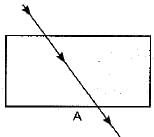
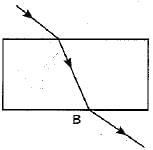
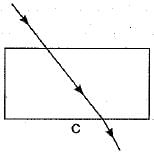
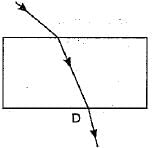
Which of the following statement concerning magnetic field is correct ?
(1) The part of a bar magnet, at which the magnetic field is the strongest, is called its pole.
(2) A magnetic field is present near a compass needle.
(3) There is no magnetic field inside a current-carrying solenoid.
Which of the following pairs of elements do not follow octave rule -
Why does a gas exert pressure on walls of the container?
Directions: In each of the following questions, a sentence has been given in Active (or Passive) Voice. Out of the four alternatives suggested, select the one that best expresses the same sentence in Passive/ Active Voice.
Sheeba posted a letter.



